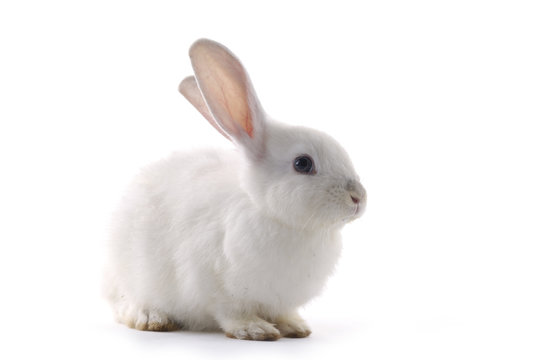
Rabbit Farming
For the economic growth of our country, Rabbit growing is considered as one of the best aspects. In the ancient days rabbits were living in forests, hill areas, uncultivated lands etc. but at present it is famous that rabbit are grown as pet animals in township areas and villages. The growing of rabbits is not only for meat purpose but also it should be noted that importance is being offered for their skin and hairs.

Who Are rabbits?
Rabbits are small mammals that belong to the family Leporidae, which also includes hares. They are part of the order Lagomorpha, which also includes pikas. The European rabbit, scientifically known as Oryctolagus cuniculus, is the ancestor of the many domestic rabbit breeds we have today. The genus Sylvilagus includes 13 species of wild rabbits, including seven types of cottontails. The European rabbit has been introduced to every continent except Antarctica and is well-known worldwide as both a wild animal and a domesticated pet. Because of their influence on environments and cultures, rabbits play a significant role in daily life around the world as a source of food, clothing, companionship, and artistic inspiration.
History Of Rabbits
Indeed the wild rabbit Oryctolagus cuniculus of southern Europe and North Africa is thought to have been discovered by Phoenicians when they reached the shores of Spain about 1000 BC. In Roman times the rabbit was still emblematic of Spain . The Romans apparently spread the rabbit throughout the Roman Empire as a game animal. Like the Spaniards of that time, they ate fetuses or newborn rabbits, which they called laurices. Several breeds of rabbit were known in the 16th century and this is the first record we have of controlled breeding. Domestication can therefore be traced to the date Middle Ages. This was probably the work mainly of monks, since it provided them with a more delectable dish than the tougher wild rabbit.
Rabbit Manure
Rabbit manure is considered to be highest in nitrogen among all the other domesticated species. Comparative approximate NPK Values of Various Animal Manures are mentioned below*.
| Animal | % nitrogen | % phosphoric acid | % potash |
|---|---|---|---|
| Swine | 0.49 | 0.34 | 0.47 |
| Sheep/goat | 1.44 | 0.5 | 1.21 |
| Rabbit | 2.40 | 1.40 | 0.60 |
| Chicken | 1.00 | 0.80 | 0.39 |
The manure has already been tried by few farmers in India on some crops with simple processing and has given excellent results. We think that rabbit manure will surely contribute to the concept of ‘Organic Farming’ because of its excellent nutirtivity .
RECORD KEEPING
An ideal rabbitry always progresses with good record for all the aspects.
A. Breeding Records
1. Rabbit’s number
2. Number of rabbit to which this rabbit was bred
3. Date bred
4. Date kindled
5. Number of bunnies born
7. Number of bunnies weaned
8. Weight of bunnies at weaning time
B. Feed Records
Concentrate as well as greens consumpion
C. Medication records
Drug used, dosage, period of treatment
